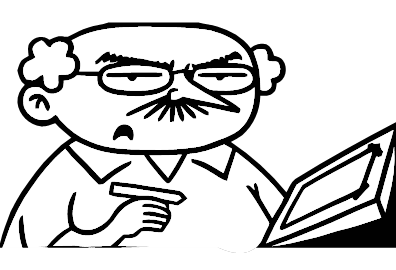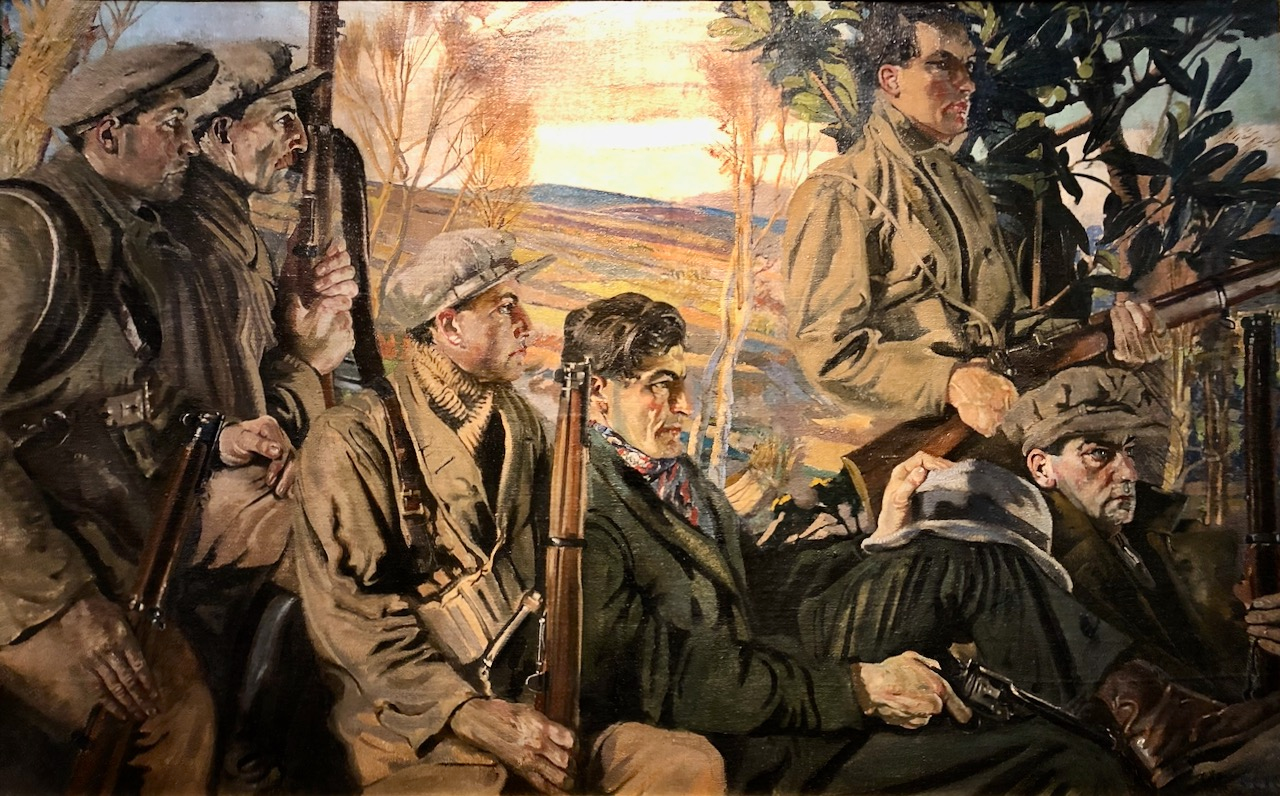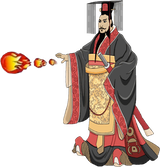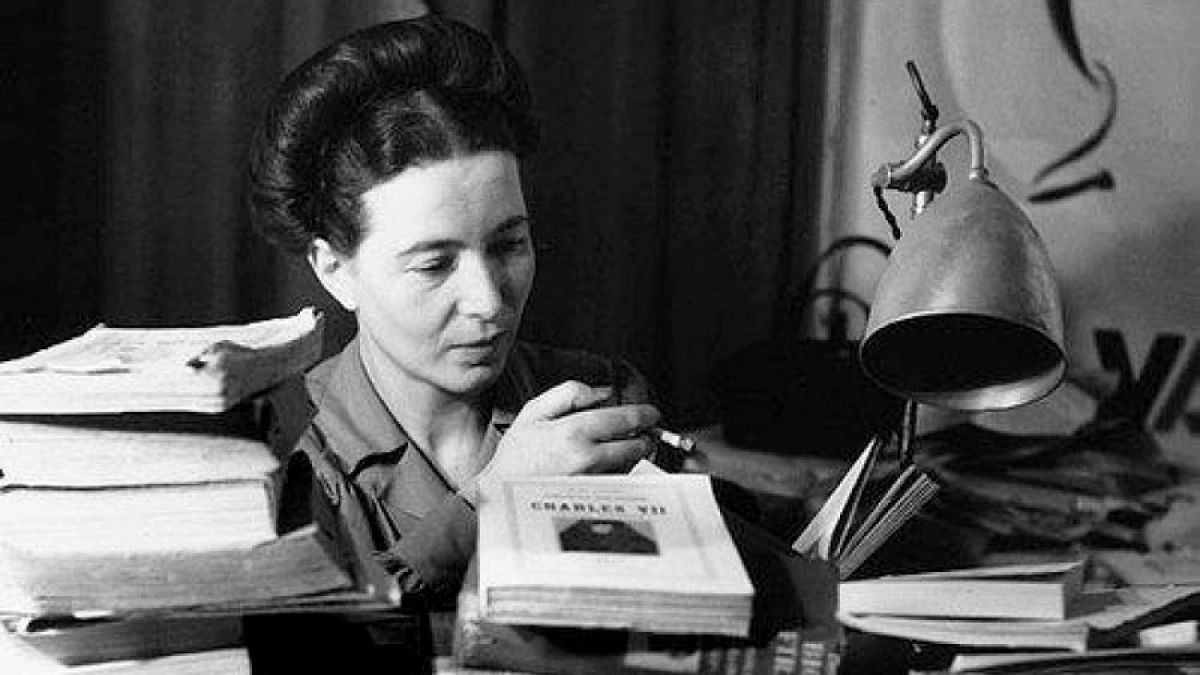The Irish War of Independence was a guerrilla conflict between the British state and its forces in Ireland and Irish republican guerrillas in the Irish Volunteers or Irish Republican Army. The war is usually said to have run between 1919 and 1921, but violence both preceded these dates and continued afterwards.
Parallel with the military campaign was the political confrontation between the separatist Sinn Fein party, who after winning the General Election of 1918, declared an Irish Republic, and the British administration based in Dublin Castle.
A third strand of the conflict lay in the northern province of Ulster, which was majority unionist or pro-British and which opposed Sinn Fein. This led to violence between the majority Protestant unionists and the mainly Catholic Irish nationalist minority in the north.
Home Rule versus Republic
In 1912, as a result of a political deal between the Irish Parliamentary party and the Liberal Party at Westminster, the British government introduced a Bill for Home Rule, or limited autonomy for Ireland within the United Kingdom as Irish nationalists had been demanding since the 1880s.
However, this was opposed by Ulster Unionists, who formed their own militia, the Ulster Volunteers to oppose Irish self-government. Irish nationalists in response formed a rival militia, the Irish Volunteers to ensure Home Rule was passed. Tensions between the two sides were eased by the outbreak of the First World War, when both sides agreed to support the British war effort.
However, in 1916, a more radical Irish nationalist element in the Irish Volunteers launched an insurrection known as the Easter Rising in Dublin, proclaiming an Irish Republic. The rebellion was put down within a week with about 500 deaths, but the British reaction, executing the leaders and arresting 3,000 nationalist activists antagonized Irish public opinion.
In 1916-17, in a bid to restart negotiations on Home Rule, all of the prisoners from the Easter Rising were released. Many of them joined the Sinn Fein party. From this point on there were riots and confrontations between Sinn Fein and Irish Volunteer activists and the Royal Irish Constabulary (RIC) and British Army.
In December 1918, Sinn Fein decisively won the Irish vote in the General Election taking 73 seats out 105 (being a majority everywhere except Ulster) and declared an Irish Republic. The first republican parliament or Dáil, met in January 1919, though more than half the Sinn Fein members of parliament were imprisoned at the time.
War begins
Throughout 1919, the IRA went about capturing weapons and freeing republican prisoners while the Dáil began building up a state. In September, the British government outlawed the Dáil and Sinn Féin, and the conflict intensified.
Alongside the limited armed campaign there was significant passive resistance including hunger strikes by prisoners (many of whom were released in March 1920) and a boycott by railway workers on carrying British troops. There were also significant disturbances in rural areas as small farmers attempted to seize parts of large ‘ranches’.
Violence intensified in early 1920. Much of the Sinn Fein political leadership had been arrested. Eamon de Valera, the President of the Republic, had gone to America to raise funds. The two leaders of the IRA, Collins and Richard Mulcahy, ordered Volunteer units around the country to raid RIC barracks for arms. Though the Dáil eventually endorsed the IRA’s campaign in 1921, some Sinn Fein figures such as Arthur Griffith disliked the use of violence.
To put down this insurgency, the British government under Lloyd George proposed autonomous governments in Northern Ireland and Southern Ireland and also deployed new corps of paramilitary police from Britain, the Black and Tans and Auxiliary Division, made up largely of war veterans from the First World War.
This triggered a grave escalation of the conflict as the new forces carried out reprisals on the civilian population for IRA attacks – in the summer of 1920 burning extensive parts of the towns of Balbriggan and Tuam for example. By the end of 1920 some 500 people had been killed. There were attempts to call a truce in December but this was prevented by the British government.
Martial or military law was declared in the province of Munster. The regular British Army was deployed in greater numbers, mounting, ‘sweeps’ across the countryside and the British authorities began ‘official reprisals’ including house burnings and executions, in response to IRA attacks. The IRA retaliated by stepping up shootings of informers (real and alleged), eventually extending attacks to off-duty British personnel and burning the property of loyalists. When the British began executing prisoners the IRA also began shooting captured British soldiers and police.
The fighting was brought to an end however, on July 11, 1921, when a truce was negotiated between British and Irish Republican forces so that talks on a political settlement could begin.
Truce and Treaty
The truce allowed the IRA to regroup, recruit and train openly. Many of their activists believed at first that it was just a temporary end to hostilities.
However, in December 1921, an Irish delegation led by Michael Collins and Arthur Griffith, signed the Anglo-Irish Treaty, which disestablished the Irish Republic of 1919 but created the Irish Free State, an entity comprising 26 of Ireland’s 32 counties which had much more independence than the Home Rule Act of 1912 would have granted.
Much of the IRA was unhappy with the settlement though and this eventually led to civil war among nationalists in 1922-23, before the new Irish Free State government was established.
Megathreads and spaces to hang out:
reminders:
- 💚 You nerds can join specific comms to see posts about all sorts of topics
- 💙 Hexbear’s algorithm prioritizes comments over upbears
- 💜 Sorting by new you nerd
- 🌈 If you ever want to make your own megathread, you can reserve a spot here nerd
- 🐶 Join the unofficial Hexbear-adjacent Mastodon instance toots.matapacos.dog
Links To Resources (Aid and Theory):
Aid:
Theory:




 Come talk in the
Come talk in the 
